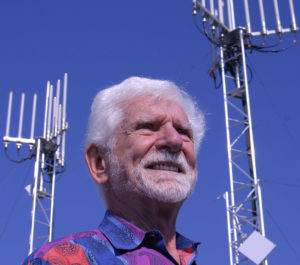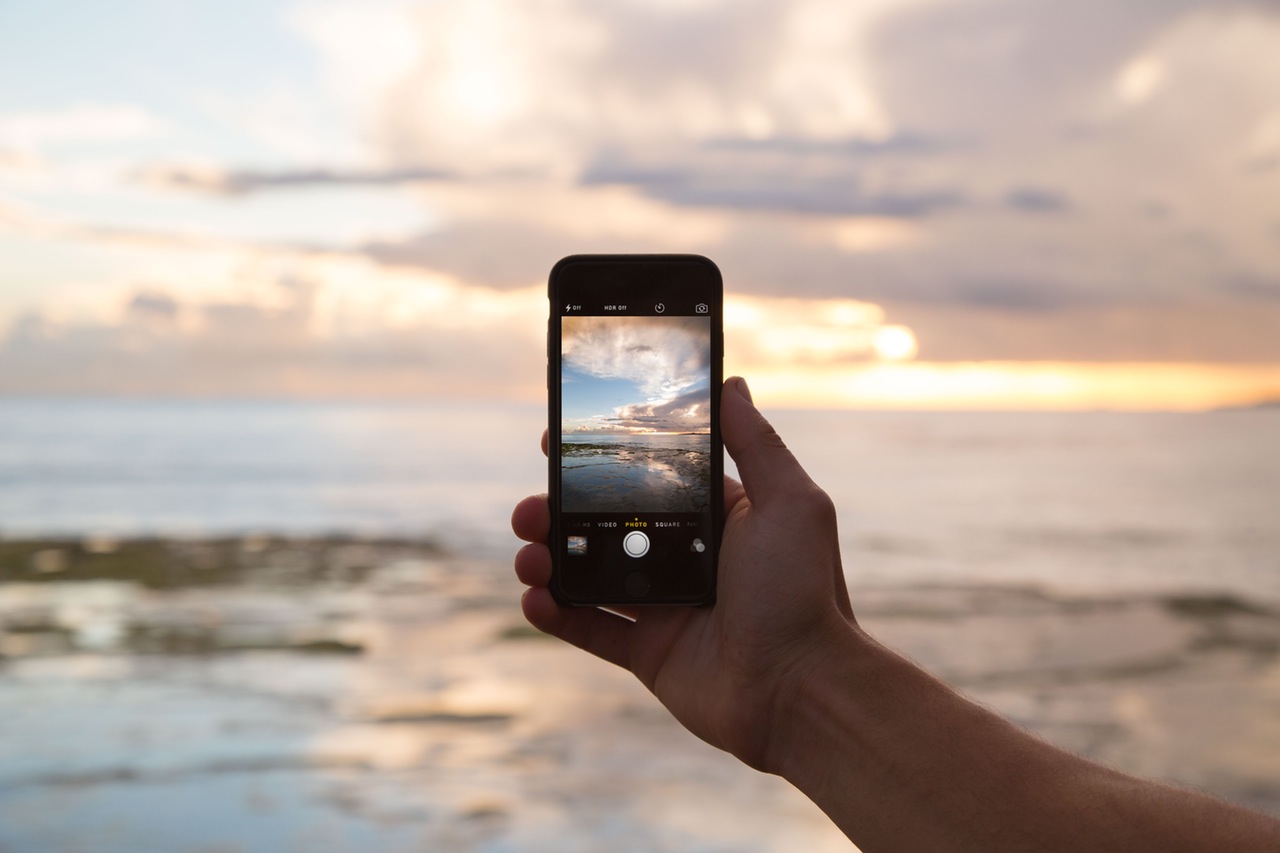How much do you really know about that little handheld device you use every day? These fun and fascinating facts about the history, development, and use of mobile phones may surprise you.
The first mobile call
The first mobile phone call took place on April 3, 1973, placed by Motorola vice president Martin Cooper to Joel Engel, the head of research at AT&T’s Bell Labs. Cooper was in charge of the team building Motorola’s first mobile phone. The prototype his team developed took 90 days to

Martin Cooper | Image courtesy Wikipedia
put together, cost the equivalent of $1 million in today’s money, weighed an impressive 2.4 pounds, and measured 9 x 5 x 1.75 inches in size. It also required about 10 hours of charging time for enough battery life for 20 minutes of talking.
To place the call, Cooper stood on Sixth Avenue in New York City, near a 900 MHz base station his team had erected for the purpose, and dialed Bell Labs in New Jersey. At the time, AT&T, one of the largest and most successful telecommunications companies around, was also conducting similar work on mobile phone prototypes. As Cooper remembers it, there was silence from Engel’s end of the line when Cooper announced to his rival that he was calling from a functional mobile phone: Cooper later commented he suspected Engel was “grinding his teeth.”
The first mobile phone for sale
Despite the first mobile phone call having been made in 1973, it took another decade for mobile phones to hit the market. Made by Motorola, the first commercial handheld mobile phone was dubbed the DynaTAC 8000x (for “Dynamic Adaptive Total Area Coverage”) and was released for sale on March 6, 1983. A slimmed-down version of the 1973 prototype, this phone weighed in at 1.1 pounds (for reference, the iPhone 6 weighs 0.28 pounds), and had 30 minutes of battery life when talking and eight hours when on standby. It also carried a whopping price tag of $3,995, the equivalent of about $9,300 today.
Cooper’s Law
In addition to going down in history as the maker of the first mobile phone call, Martin Cooper has also given his name to a technological law. According to “Cooper’s Law,” the rate at which technology is advancing is such that every 30 months will see a two-fold increase (a doubling) in the number of different wireless communications that are simultaneously possible in one location. Amazingly, this law has held true since 1895, when the Italian inventor and engineer Guglielmo Marconi transmitted the first wireless signal.
The origin of “cellular”
In many parts of the world, mobile phones are known as “cellular” or “cell” phones, after the way the different areas served by towers are divided up: each distinct area is known as a “cell.” The word “cellular” was first used in this context in 1977, and the first recorded use of the term “cell phone” occurred in 1984.
How many phones?
 In 2014, the top five countries with the most active mobile phones were China with 1.2 billion phones, India with 904 million phones, the United States with 327 million phones, Brazil with 276 million phones, and Russia with 256 million phones. In the same year, however, a much smaller country took the honors for the largest number of active phones per person: tiny Montenegro had an active mobile phone usage rate of 192.5%, or almost two phones per person. In 2017, the number of mobile phone users worldwide is expected to reach 4.77 billion.
In 2014, the top five countries with the most active mobile phones were China with 1.2 billion phones, India with 904 million phones, the United States with 327 million phones, Brazil with 276 million phones, and Russia with 256 million phones. In the same year, however, a much smaller country took the honors for the largest number of active phones per person: tiny Montenegro had an active mobile phone usage rate of 192.5%, or almost two phones per person. In 2017, the number of mobile phone users worldwide is expected to reach 4.77 billion.
Other fun facts:
Because so many people in Japan use their phones even while taking a shower, 90% of mobile phones in the country are waterproof.
Scientists in Bristol, England, have developed a charging system for mobile phones that is fueled by urine. Plans are currently underway for the development of a “smart toilet.”
If an Apple iPhone battery is drained and fully charged once a day, it will only consume about US$0.25 of electricity in an entire year.
According to some sources, mobile phones are most commonly used today not for talking and not for texting, but simply for checking what time it is.
In Finland, mobile phone throwing is an official national sport, with a world championship competition that has been held every year in the town of Savonlinna since 2000. So far, the longest recorded throw is just over 320 feet.
The world’s most expensive mobile phone was a special version of the iPhone 5. Launched in 2013, the custom phone was built using gold as well as black diamonds. Its retail price was $15.3 million.
The world record holder for “fastest texter” is Sonja Kristiansen of Norway. She set a Guinness World Record for taking just 37.28 seconds to text the following message: “The razor-toothed piranhas of the genera Serrasalmus and Pygocentrus are the most ferocious freshwater fish in the world. In reality, they seldom attack a human.”

